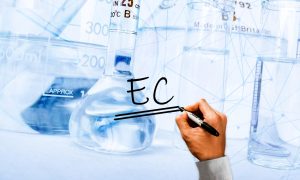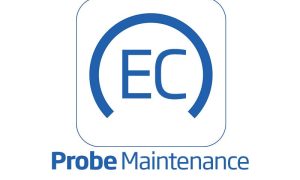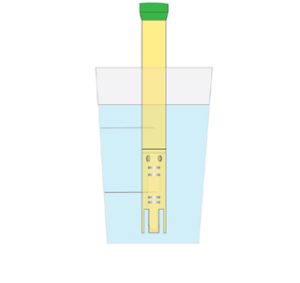
Proper probe submersion.
Why — Incomplete submersion can cause erratic and/or inaccurate readings.
Fix — Check that the vent hole is completely submerged on a four ring probe.
Use a plastic beaker.
Why — Glass and metal can cause EMC interferences (electromagnetic interferences) with your EC probe readings.
Fix — Use a plastic beaker, and keep probes at least an inch away from all sides of the beaker

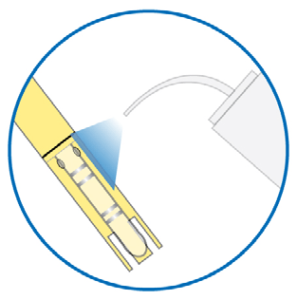
Always rinse your probe.
Why — Salt build-up and other residues can contaminate samples and cause erratic readings.
Fix — Always rinse the probe with purified (deionized) water before storage, after removing from storage, and in between readings.
Always properly store your probe.
Why — Some EC probes are combination probes, and therefore can dry out if stored improperly.
Fix — You can “revive” dried-out combination probes by submerging the probe in pH storage solution for at least one hour.
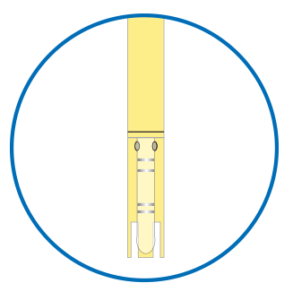

Clean your probe regularly.
Why — Deposits on the probe can build-up over time on the electrode portion and the vent hole. This can cause erratic readings and issues calibrating.
Fix — Use warm water with soapy surfactants and then rinse the probe thoroughly. Do not use cleaning solutions or solvents as those can be chemically incompatible with the body of the probe.
Calibrate often.
Why — All EC probes need to be calibrated for the greatest accuracy.
Fix — A single or multi-point calibration can be used when calibrating an EC probe. If the probe is used daily, calibrate it daily. If not, calibrate the probe prior to use.
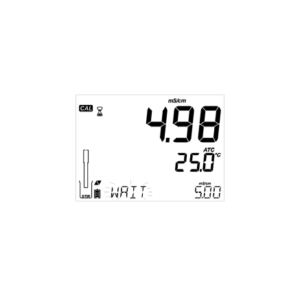

Always use a fresh calibration standard.
Why — Calibration standards have no buffering
capacity and are easily contaminated.
Fix — Always use fresh calibration standard and rinse your probe with purified water (deionized) before calibrating. Have a separate beaker with some calibration standard or sample in it to quickly rinse the probe with before taking a measurement. This will help prevent contamination of standard, or sample
Check for bubbles.
Why — Air can become trapped inside the probes or stay on the surface of the probes when they are submerged. This can cause erratic or
erroneous readings.
Fix — Submerge the probe past the sleeve hole to fill the space around the probe. Carefully move the probe up and down in the sample and then gently tap the probe on the bottom of the beaker to dislodge bubbles.
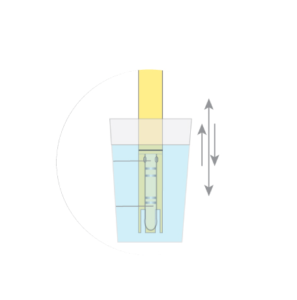
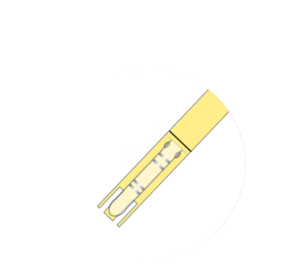
Pick the right probe for your sample.
Why — Not all EC probes can measure in every EC range, and some probes may not be ideal for all samples.
Fix — Based on your sample choose a probe that can cover your measurement range. Check if the probe you want is compatible with your measurement style: do you need a stationary meter or something
more portable?
Take the time for stability.
Why — Even if a probe has integrated temperature compensation, it takes time for the probe to reach thermal equilibrium.
Fix — Take an extra moment to ensure that the temperature and the EC reading has fully stabilized. This will help to ensure accurate readings
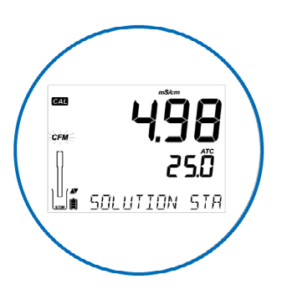
We’ve put together this guide to serve as a quick reference tool for best practices. Always remember to consult the instruction manual or contact us directly for detailed instructions for you specific needs
Did you like this short guide? Get your free sample here.
Stay tuned for more similar content from HANNA lab. Subscribe here.

